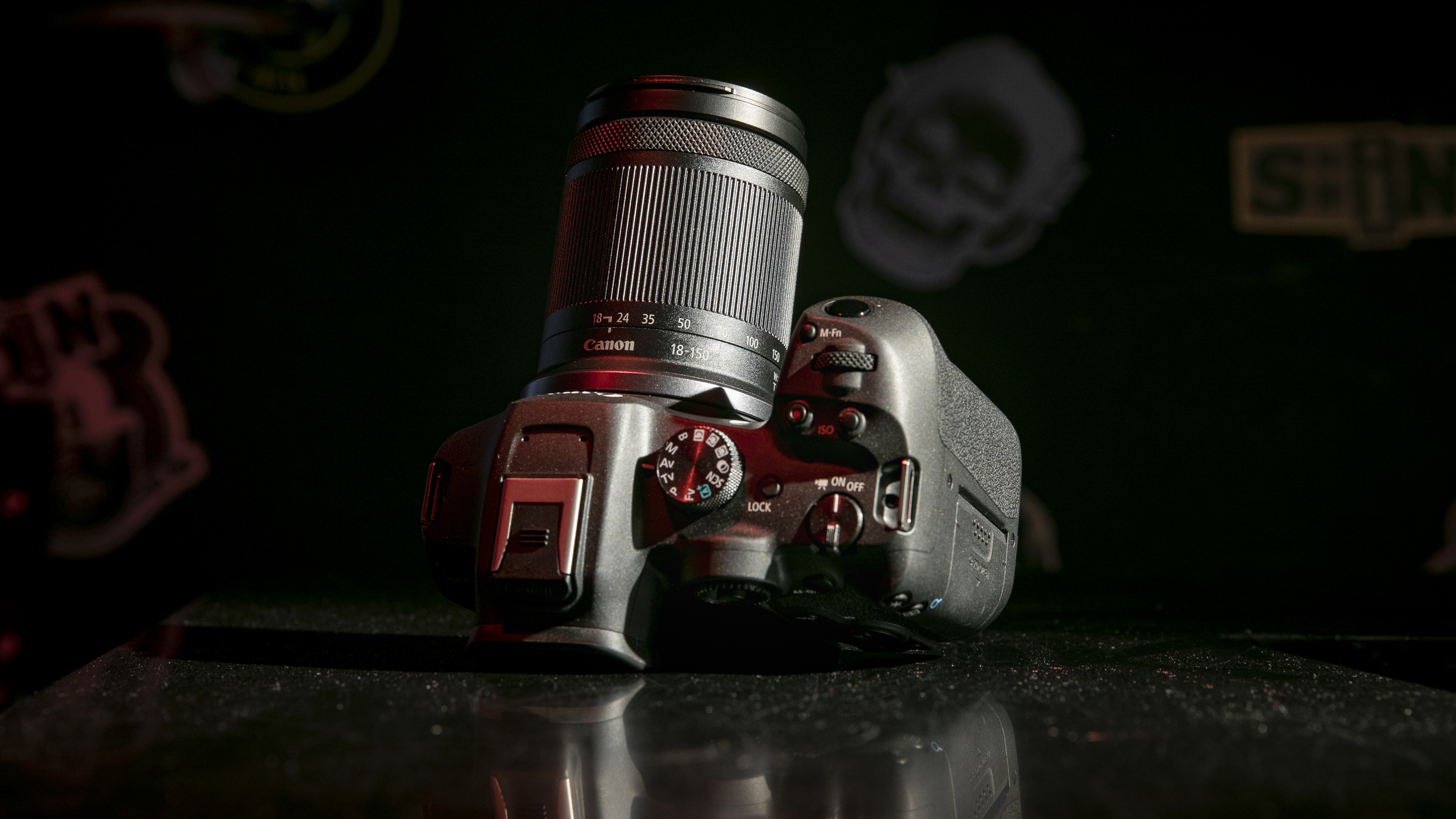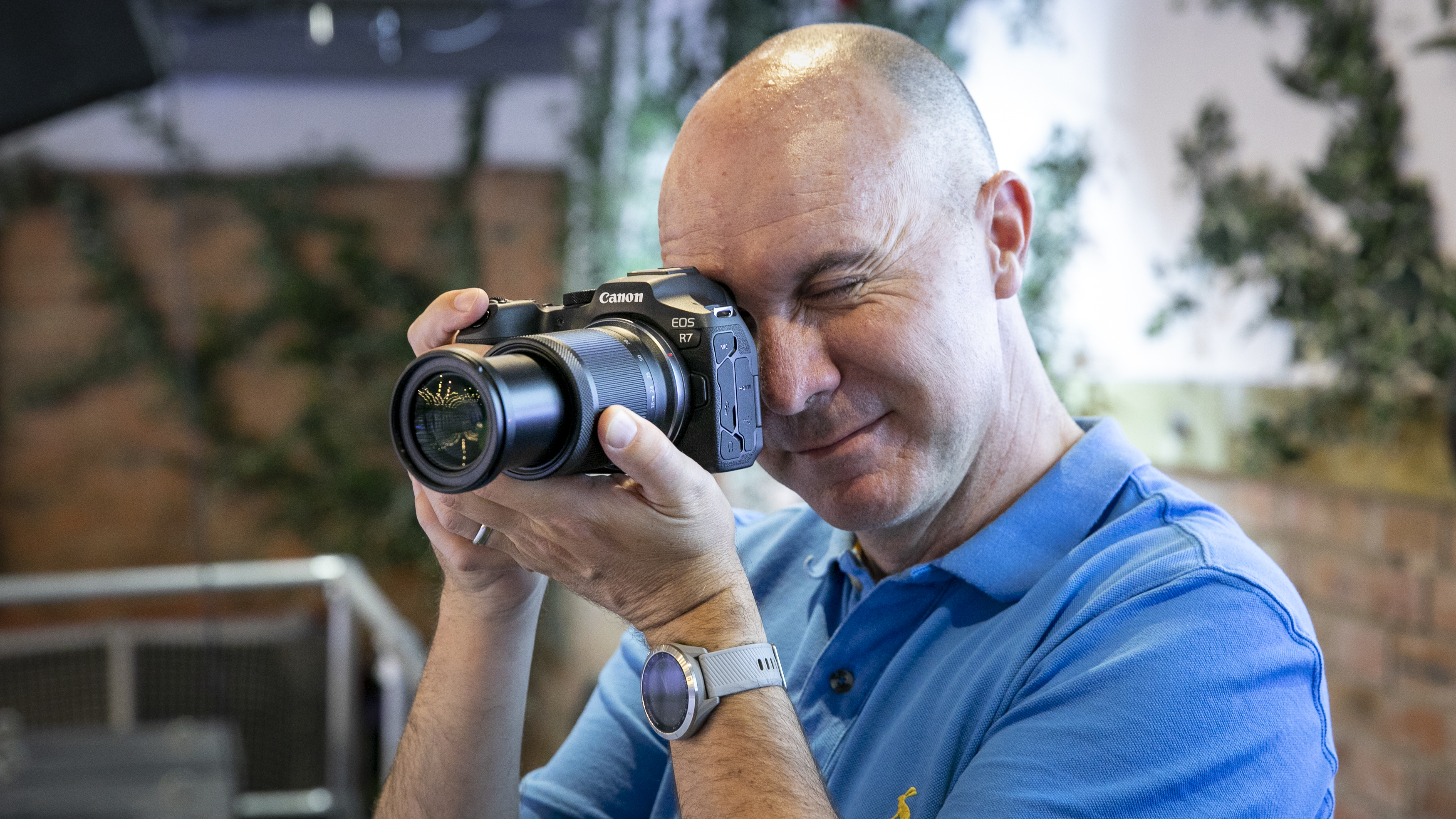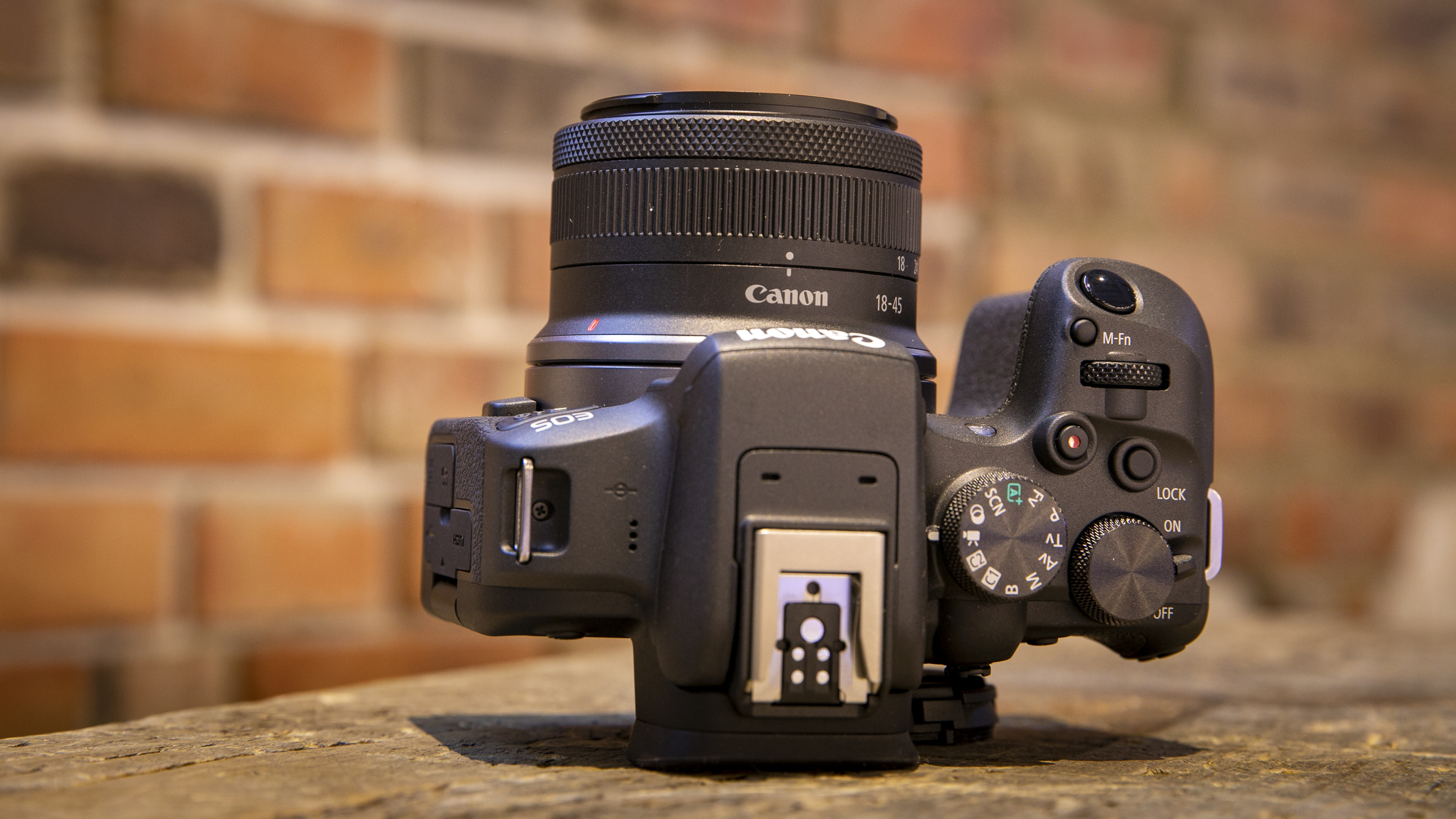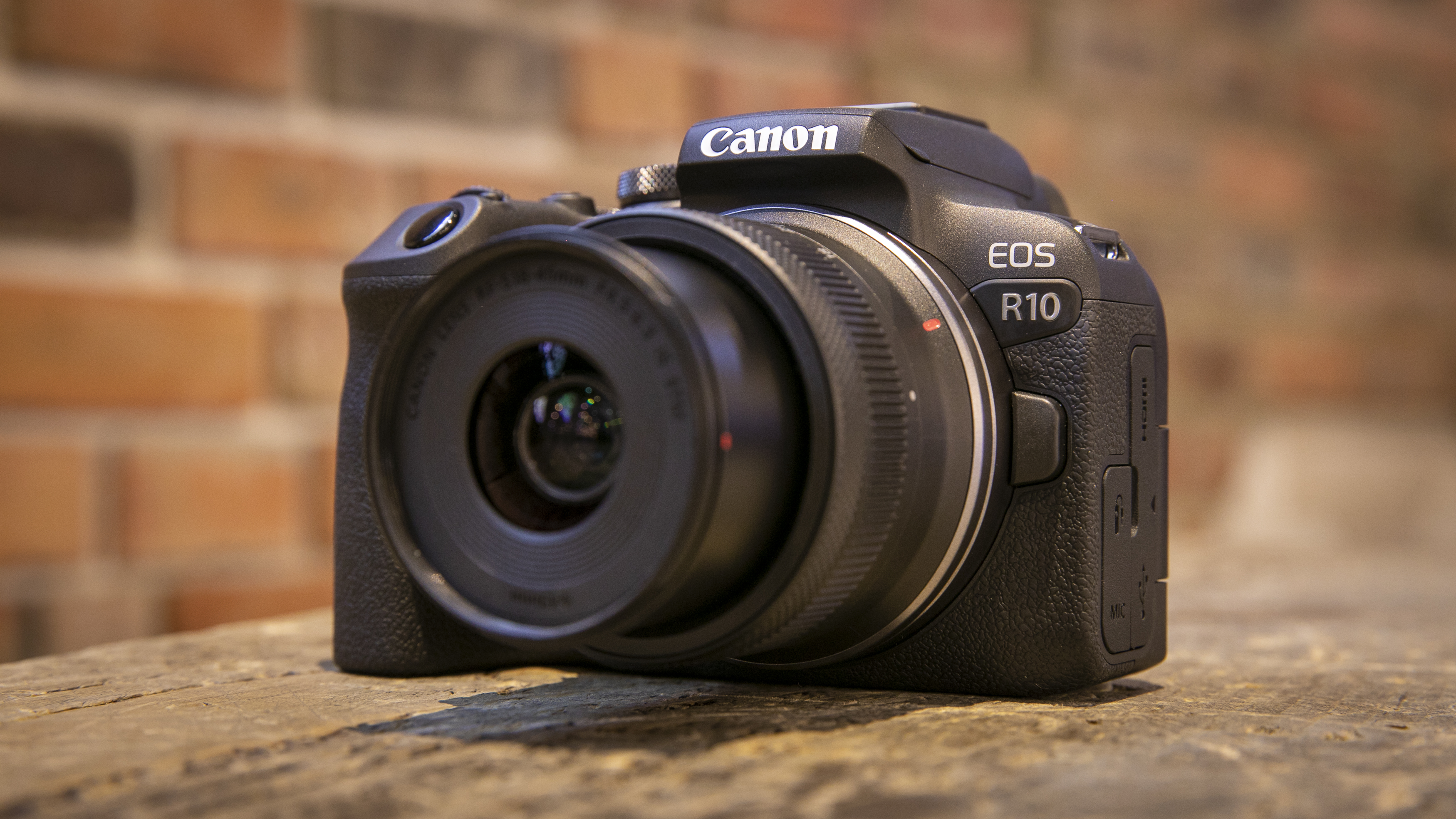Why didn't Canon launch the RF-S lens mount and an affordable mirrorless camera years ago?
My thoughts on trying out the first budget, compact RF-S lenses developed for the small Canon EOS R7 and R10 APS-C mirrorless cameras

Perhaps overlooked during the launch of Canon’s long-awaited first APS-C EOS R mirrorless cameras – the Canon EOS R7 and EOS R10 – was the release of two new RF-S mount kit lenses. The RF-S 18-45mm F4.5-6.3 IS STM and RF-S 18-150mm F3.5-6.3 IS STM are the first of their kind, and are vastly smaller, lighter and cheaper than their RF counterparts.
As the Editor of the Canon-centric PhotoPlus magazine I'm keen to dissect the new RF-S lens mount, which has been designed to complement the 1.6x crop factor APS-C sensor EOS R APS-C mirrorless cameras.
Read more: Canon RF-S lenses vs Canon EF-S lenses
I got to try out both the R7 and R10 with both RF-S 18-45mm and RF-S 18-150mm lenses at the big press launch. The R7, and R10 especially, are very compact little EOS R bodies compared to other EOS R bodies like the R6 and R5. But it’s the RF-S lenses that felt even smaller and lighter, and are aimed at enticing beginners starting their EOS journey.
Trying out both RF-S lenses on both the R7 and R10, it struck me – why didn’t Canon launch these smaller cameras and smaller lenses to bring mirrorless to the masses four year ago?
After all, isn’t the main point of mirrorless cameras to be smaller and lighter and cheaper than comparatively chunky DSLR systems? But of course, at the time the fresh full-frame EOS R mirrorless was launched back in late 2018, we had (and currently still have) the APS-C mirrorless EOS M range and EF-M lenses. Which explains why Canon decided to do the exact opposite and release, admittedly smaller but still hefty, full-frame mirrorless bodies, packed with incredible new world-class technology, yet with significantly bigger, heavier and more expensive RF lenses first instead.


Back to basics
Let’s be clear here, the RF-S 18-45mm F4.5-6.3 IS STM and RF-S 18-150mm F3.5-6.3 IS STM are very basic kit lenses. With a very slow f/6.3 aperture at 45mm and 150mm respectively, this is over 2-stops slower than f/2.8. Of course we know newer EOS bodies can handle shooting at higher ISO, and with IS on lenses and IBIS EOS R cameras, you can still shoot handheld at mind-bendingly slow shutter speeds.
Get the Digital Camera World Newsletter
The best camera deals, reviews, product advice, and unmissable photography news, direct to your inbox!
Read more: the best Canon cameras
However, that doesn’t help when you’re shooting moving targets and only fast shutter speeds will do… We tried the lenses inside a dark ice rink, and even after pushing the ISO up to 6400 on the R10, at f/6.3 we really struggled to get a workable shutter speed for the ice skating action. These first RF-S kit lenses will be functional only in brighter lighting conditions I feel.
However, for RF-S lenses so compact, with small barrels and small apertures, and so lightweight, you can’t expect faster glass, especially at such competitive price points of £319 and £519. Given that there are only two RF-S lenses for the new Canon bodies, what Canon RF-S lenses will we see next?

PhotoPlus: The Canon Magazine is the world's only monthly newsstand title that's 100% devoted to you and your Canon, so you can be sure the magazine is completely relevant to your system. Every issue comes with free video tutorials too. Subscribe and save today!
Read more:
Best mirrorless cameras
Canon RF roadmap
Best Canon RF lenses
DSLR vs mirrorless
Best Canon cameras
The editor of PhotoPlus: The Canon Magazine, Peter 14 years of experience as both a journalist and professional photographer. He is a hands-on photographer with a passion and expertise for sharing his practical shooting skills. Equally adept at turning his hand to portraits, landscape, sports and wildlife, he has a fantastic knowledge of camera technique and principles. As you'd expect of the editor of a Canon publication, Peter is a devout Canon user and can often be found reeling off shots with his EOS 5D Mark IV DSLR.


